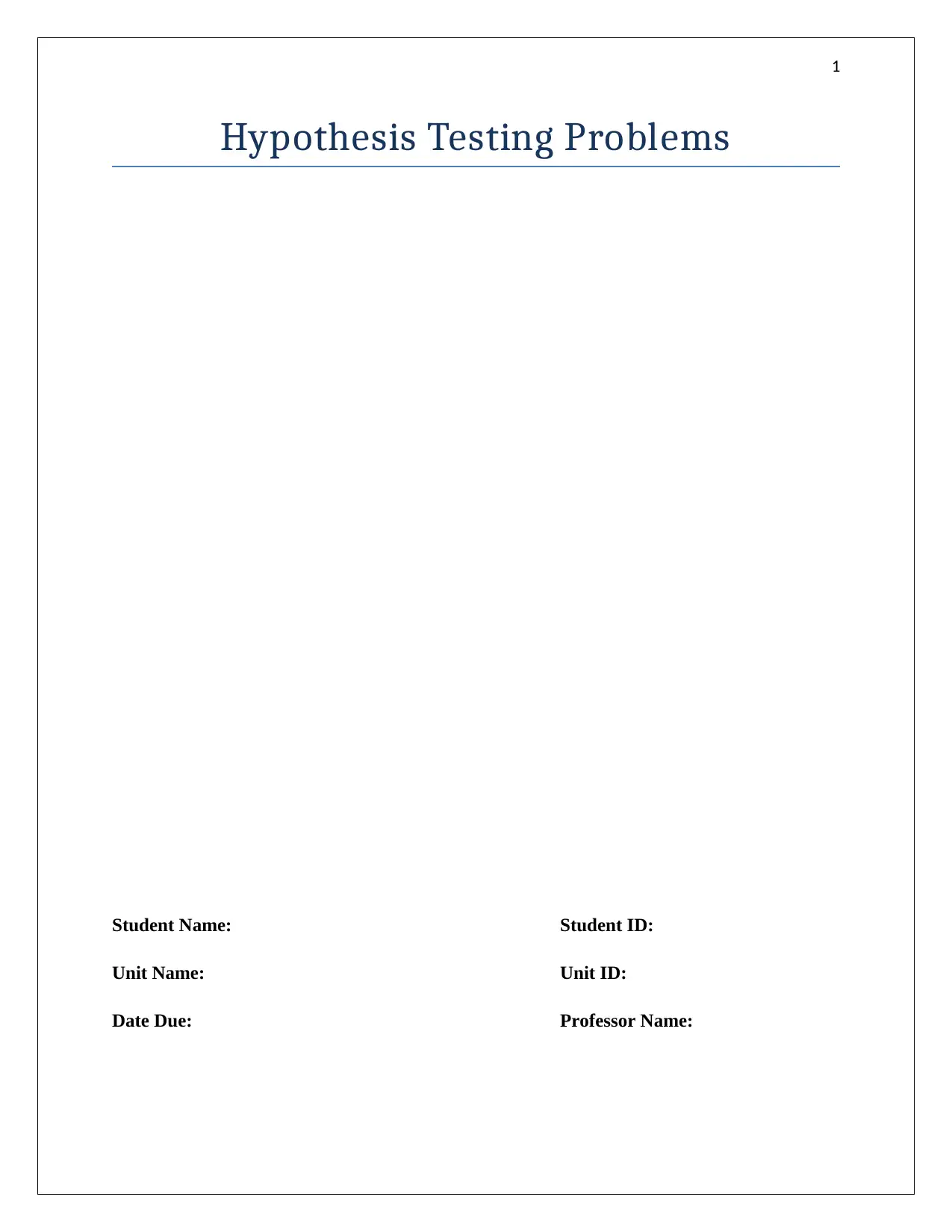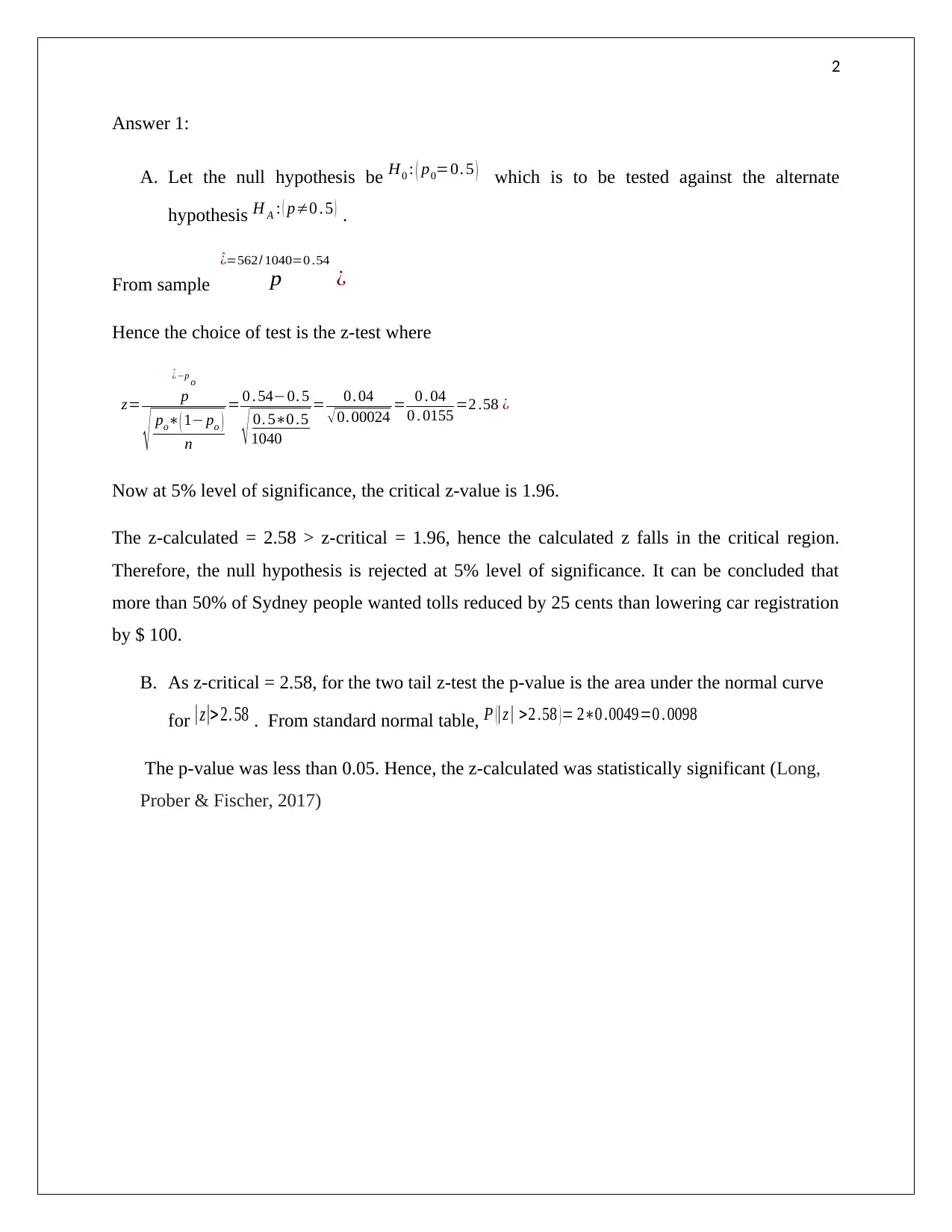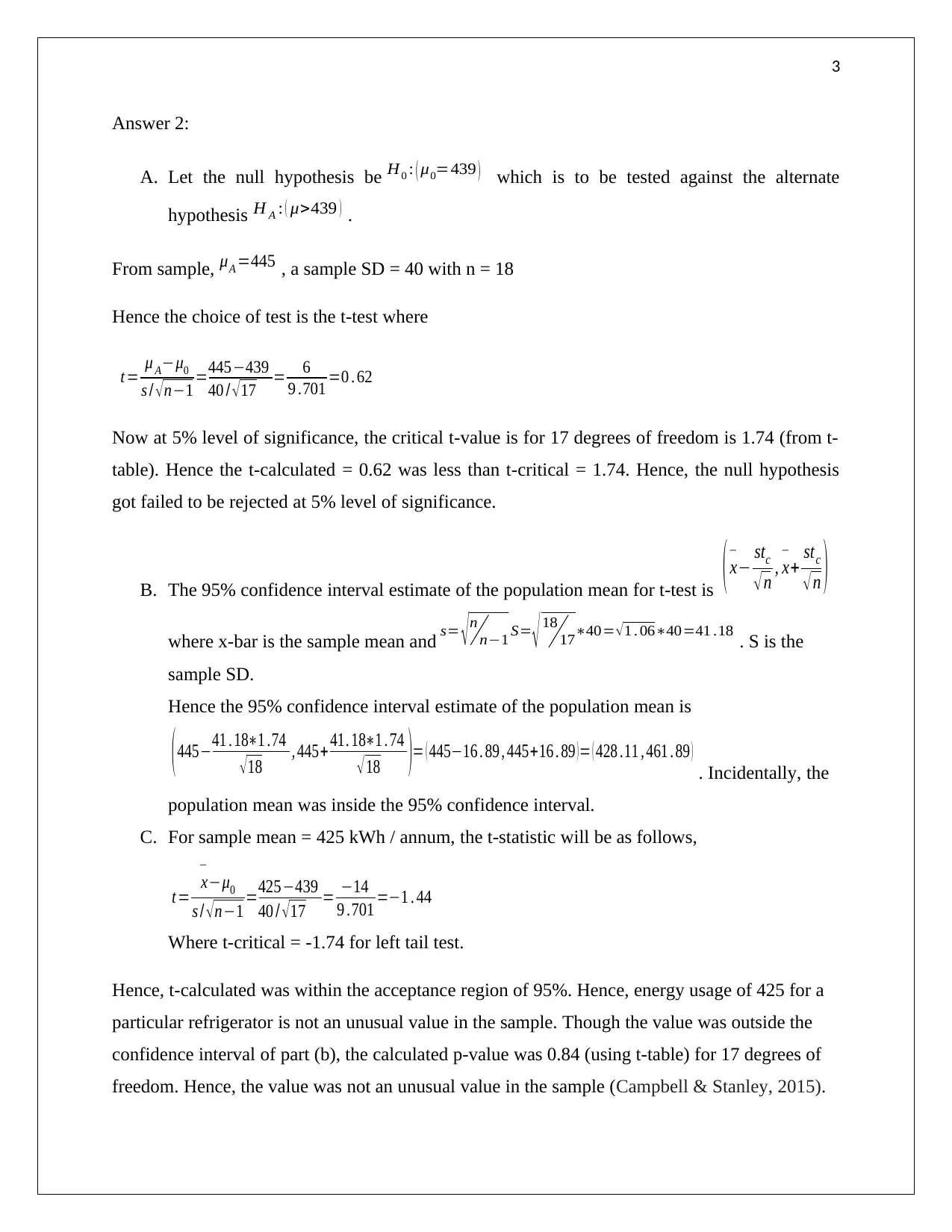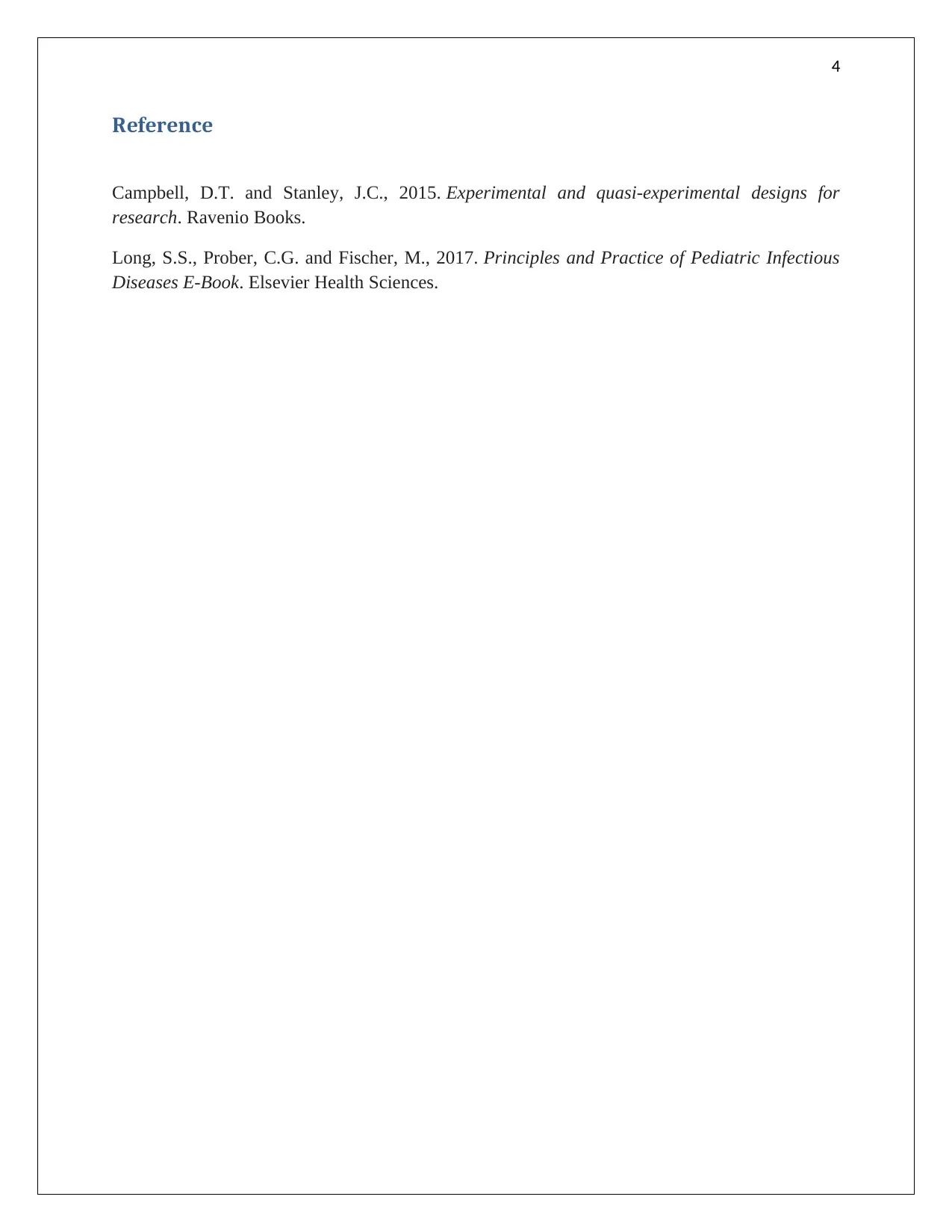Statistical Hypothesis Testing Problems with Step-by-Step Solutions
VerifiedAdded on 2023/06/11
|4
|680
|195
Homework Assignment
AI Summary
This assignment provides detailed solutions to two hypothesis testing problems. The first problem involves testing whether more than 50% of Sydney people wanted tolls reduced, using a z-test and determining statistical significance based on the calculated z-value and p-value. The null hypothesis is rejected at a 5% level of significance. The second problem involves a t-test to determine if the average refrigerator energy usage is significantly different from a given value, including calculating a 95% confidence interval and assessing whether a particular energy usage value is unusual within the sample. The t-calculated value was within the acceptance region of 95%.
1 out of 4










![[object Object]](/_next/static/media/star-bottom.7253800d.svg)